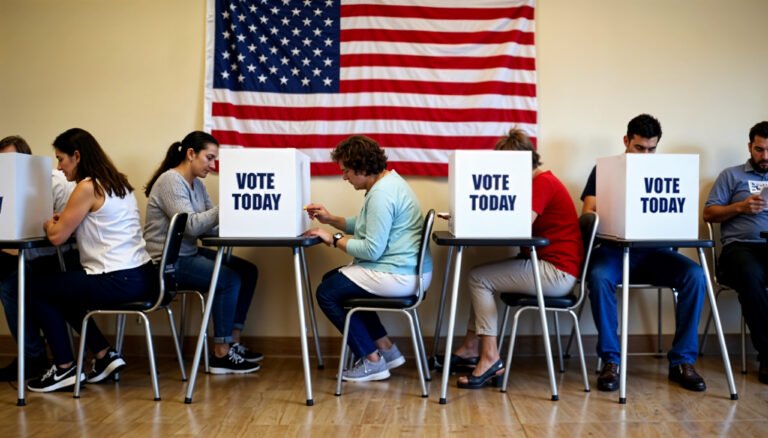
The 2024 Election: Trump and Harris Battling for Latino and Black Voters

As the 2024 presidential election approaches, Donald Trump and Kamala Harris find themselves in a tight competition for key voter demographics, particularly Latino and Black communities. These groups, historically significant in shaping election outcomes, are expected to play a pivotal role this cycle. Both candidates are focused on swaying voters through tailored messaging, policy positions, and grassroots efforts.
Latino and Black Voter Landscape
Latino and Black voters have traditionally leaned toward the Democratic Party, but recent trends show increasing volatility in voter loyalty. Latino voters, in particular, present a complex demographic. Though they largely supported the Democratic ticket in past elections, a significant minority have leaned toward conservative candidates due to issues like religious beliefs, economic policy, and immigration. Black voters, on the other hand, remain a core constituency of the Democratic base, but the emergence of younger, more diverse voices has revealed nuanced political shifts, including interest in third-party options.
Trump’s Strategy to Attract Latino and Black Voters

Donald Trump’s outreach strategy focuses on promoting economic growth under his previous administration. He highlights low unemployment rates among both Latino and Black populations during his term, emphasizing job creation and entrepreneurship. Trump’s approach also capitalizes on concerns about public safety, with a strong law-and-order message aimed at Black and Latino voters who are worried about crime.
Moreover, Trump is pushing forward his messaging on family values and immigration, trying to appeal to Latino voters, particularly among more conservative and religious subgroups. His rhetoric seeks to create a narrative of economic opportunity while framing his policies as beneficial to minority-owned businesses.
Harris’s Engagement with Minority Voters
Kamala Harris, the vice-presidential nominee, represents a direct appeal to both Black and South Asian voters, though her outreach extends to a broader spectrum of minorities, including Latinos. Her campaign focuses on justice reform, equal opportunity, and healthcare—issues that resonate with both Latino and Black communities.
Harris is leveraging her record as a prosecutor to highlight her long-standing involvement in criminal justice reform, seeking to counterbalance Trump’s tough-on-crime rhetoric. Her policy proposals on immigration reform, social welfare, and housing are key aspects of her pitch to Latino voters, who view these areas as critical to their communities’ well-being.
Key Issues for Latino and Black Voters
- Economic Opportunity: Both campaigns recognize the significance of economic policy in minority voting preferences. Job creation, wage growth, and entrepreneurial support are central talking points for both Trump and Harris.
- Healthcare Access: Access to affordable healthcare remains a top priority for Latino and Black voters, especially in the wake of the COVID-19 pandemic. Harris has focused on strengthening the Affordable Care Act, while Trump’s messaging centers on lowering costs and introducing market-driven solutions.
- Immigration Reform: Immigration is a cornerstone issue for Latino voters, and both candidates have staked out differing positions. Harris advocates for a path to citizenship and humane immigration policies, while Trump continues to focus on border security and enforcement.
- Social Justice: Issues like police reform, systemic racism, and criminal justice remain pivotal for Black voters. Harris, who has personal experience with these issues, positions herself as an advocate for reform, while Trump leans into a tough stance on crime prevention and public safety.
Voter Turnout and Mobilization
Voter mobilization efforts are in full swing as both campaigns push to get out the vote. Trump’s team is heavily investing in media targeting, rallies, and outreach to minority business owners, while Harris’s campaign focuses on grassroots organizing and virtual events to connect with voters. The question remains: which campaign can better inspire these key demographics to turn out in record numbers?
